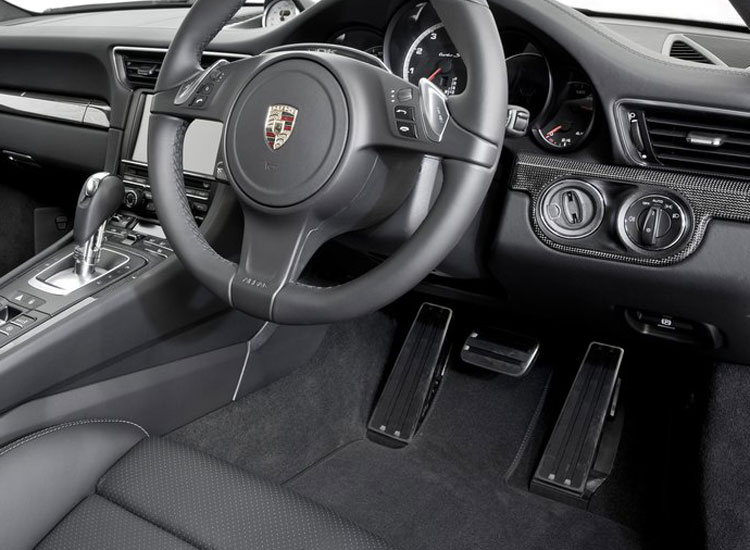 Helping you put your best foot forward
Helping you put your best foot forward
A whole variety of adjustments can be made to the pedals of a car, to enable driving or improve the experience. These range from left foot accelerator pedals, to pedal extensions (for those who are struggling to reach).
Left foot accelerator pedals
Left foot accelerator pedals are designed for drivers with limited use of their right leg, enabling the operation of the brake and accelerator with the left foot.
An additional accelerator pedal is fitted to the left of the brake and both accelerator pedals are hinged to flip up and down so that the vehicle can be driven using either the right foot or the left, depending on the driver. The twin flip folding system, which is the most commonly fitted, links the left and right accelerator pedals, so when one pedal is flipped down ready for use, the other flips up out of the way automatically.
Left foot accelerators will fit all automatic vehicles except those that feature ‘organ style’ (floor mounted) pedals.
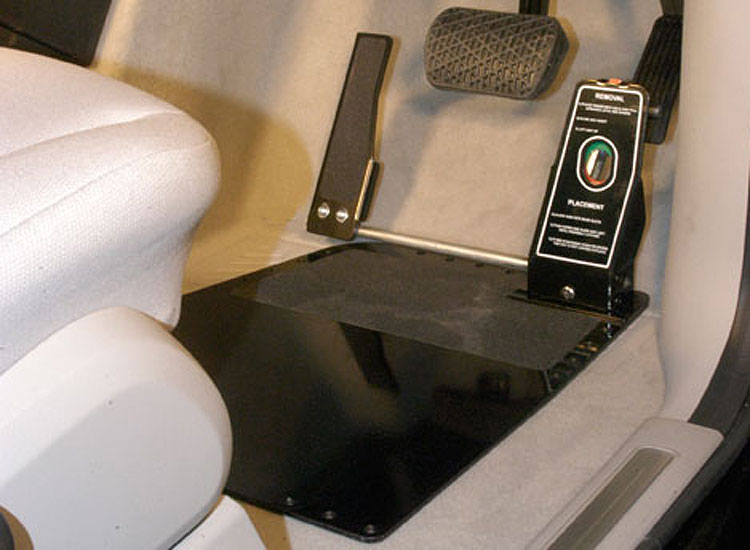 Floor mounted left foot accelerators
Floor mounted left foot accelerators
Very similar to the twin flip folding system, the floor mounted left foot accelerator is designed specifically for vehicles with ‘organ style’ (floor mounted) accelerator pedals.
The system features an additional accelerator pedal, fitted to the left of the brake. This accelerator is linked to the original accelerator so that when it is depressed it pushes the existing accelerator with a roller, giving a smooth and progressive throttle response. The existing accelerator is protected by a pedal guard so that it can’t be accidentally pressed with the right foot.
The pedal guard features a quick release mechanism and can also be fitted over the left foot accelerator pedal easily, so the vehicle can be driven using either the right foot or the left, depending on the driver.
Electronic left foot accelerators
This system is designed specifically for vehicles with ‘organ style’ (floor mounted) accelerator pedals and provides an alternative solution to the floor mounted left foot accelerator. The electronic left foot accelerator works in a similar way to this system but does not require a pedal guard to protect the pedals that are not in use, allowing for more leg room in the footwell.
The system features an additional accelerator, fitted to the left of the brake. The two accelerator pedals are then cleverly wired so that you can simply flip a switch to select which pedal is to be used for acceleration, left or right. The opposite pedal is automatically ‘switched off’ when the other is active, which means the foot not being used to drive can be rested comfortably on the other pedal, without activating the accelerator. In this way the system also allows for conventional driving with the right foot as an option.
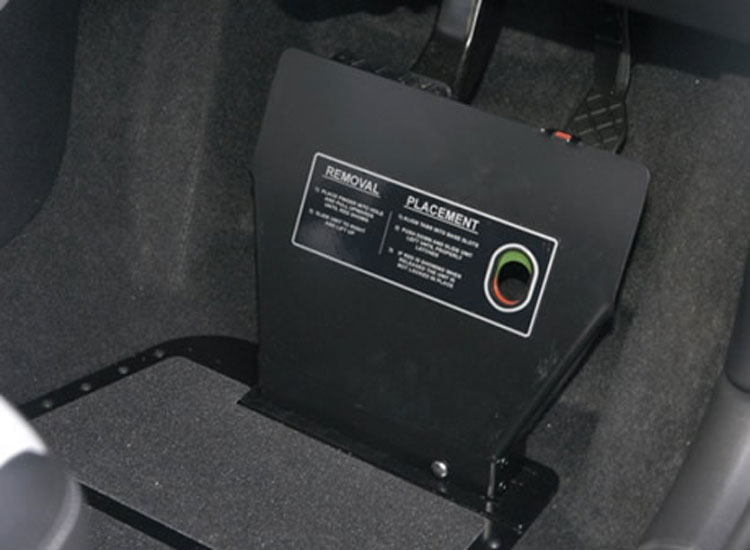 Pedal guards
Pedal guards
Pedal guards are used alongside hand controls to prevent the pedals being pressed accidentally, or the feet getting stuck behind the pedals. They are particularly helpful for drivers suffering with involuntary leg movements or spasms, who are at higher risk of accidentally hitting the pedals.
Available in a single, or double pedal size, single pedal guards are often fitted to protect the brake while the accelerator is adapted with a hinge, so it can be flipped up out of the way. This serves the same purpose as a double pedal guard but it allows the right leg to be stretched out in the space where the accelerator pedal would normally be.
Pedal guards are fitted with a quick release system, so they can be removed easily, allowing for conventional driving.
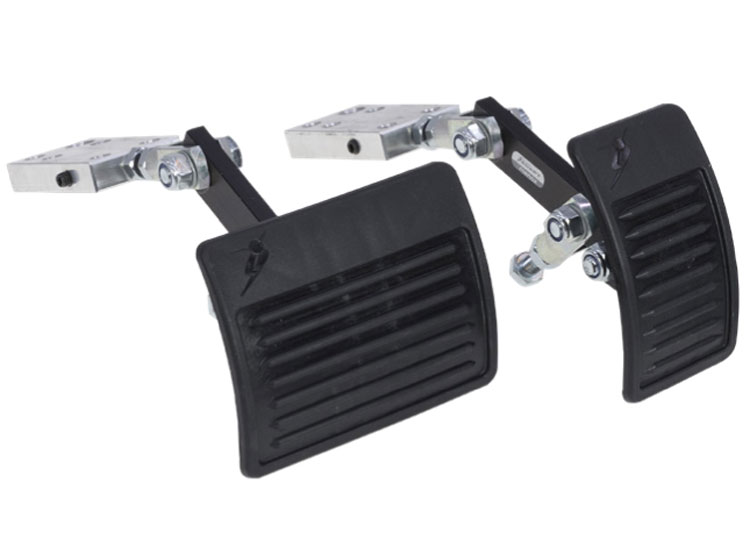 Pedal extensions
Pedal extensions
Pedal extensions are a great solution for drivers who struggle to reach the pedals comfortably. The distance of the extensions is made to measure, suiting the requirements of each driver individually; however, for extensions of 3-4 inches or more, a raised floor will also be recommended.
Pedal extensions can be fitted with a quick release mechanism, allowing them to be easily removed depending on the requirements.
Pedal extensions with raised floor
In cases where the pedals are extended by 3-4 inches (or more) a raised floor will be recommended, because it is unlikely in these instances that the driver’s feet will reach the floor of the vehicle naturally.
The raised floor and extensions can both be removable, allowing for conventional driving depending on requirements.
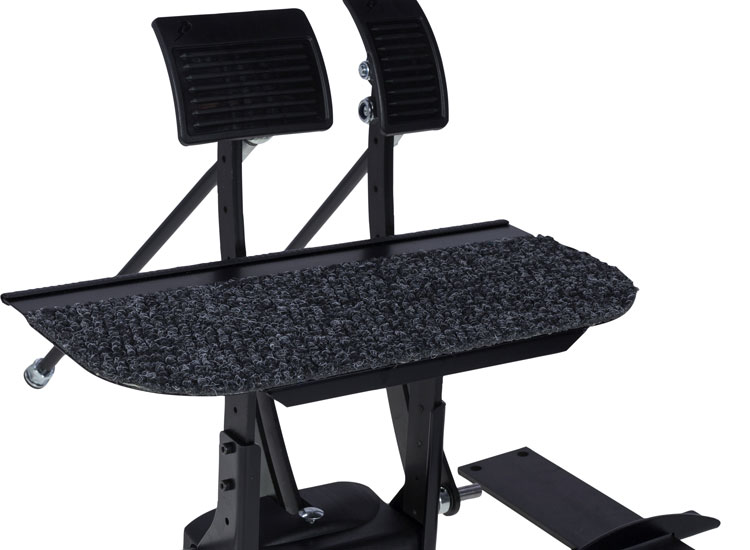
Other pedal adjustments
Hinged accelerator pedals
Hinged accelerator pedals are designed for drivers who use hand controls for brake and acceleration. The pedal simply flips up out of the way, reducing the risk that it will be pressed accidentally, then flips back down to allow for conventional driving. This also gives the driver the option of stretching their right leg out in the space where the accelerator pedal would normally be.
Hinged accelerator pedals are often used alongside brake guards, which are designed to prevent the driver from accidentally hitting the brake pedal.
Removable pedals
For drivers using hand controls to brake and accelerate, removable pedals can provide a good alternative solution to pedal guards, particularly for those who need additional leg room in the footwell. The pedals are fitted with a quick release mechanism so they can easily be removed and fitted, depending on requirements.
Removable brake and accelerator pedals are both available, although removable accelerators have largely given way to their hinged counterparts, as they are generally a simpler solution.
Other adjustments
Drivers may find that the height of the pedals, or the distance between them causes difficulty or discomfort. A number of adjustments can be made to the pedals to resolve these problems, from bringing the height of the pedals in line with one another, to increasing the space between them, depending on requirements.
Bespoke solutions tailored to your needs
We pride ourselves on our ability to engineer bespoke solutions to resolve complex problems. If you’ve previously been told something can’t be done, please contact us to discuss your requirements so we can look at your options with you.
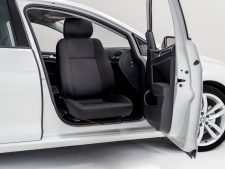 Types of swivel seats
Types of swivel seats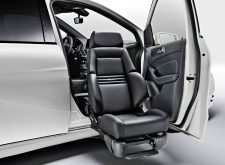 Manual
Manual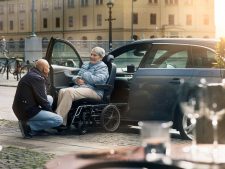 The Carony Wheelchair System
The Carony Wheelchair System
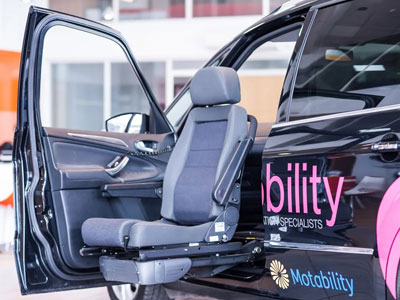

 Floor mounted left foot accelerators
Floor mounted left foot accelerators Pedal guards
Pedal guards Pedal extensions
Pedal extensions
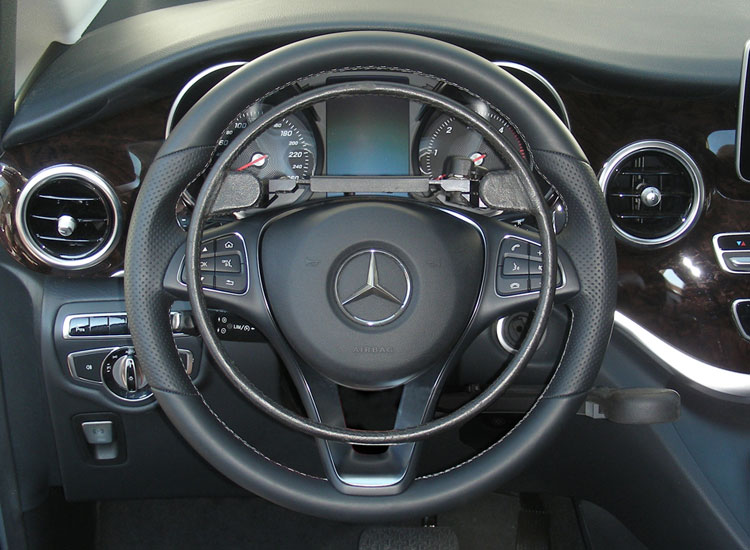
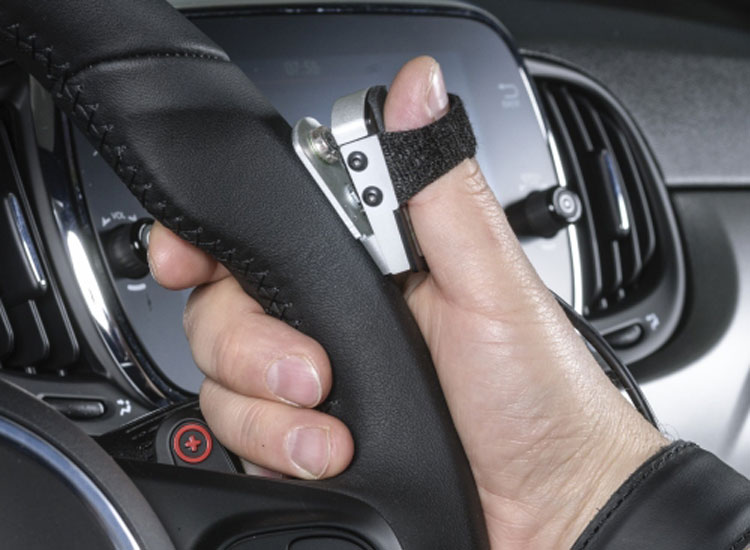 There is a wide range of
There is a wide range of 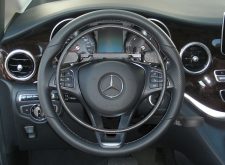 The over-ring accelerator is designed to sit neatly over the steering wheel, blending in with the vehicle’s interior. The ring is simply pressed downwards to accelerate. Because the system is electronic, very little pressure or upper body strength is required to operate the over ring, which makes it a great solution for drivers with limited mobility in the upper body.
The over-ring accelerator is designed to sit neatly over the steering wheel, blending in with the vehicle’s interior. The ring is simply pressed downwards to accelerate. Because the system is electronic, very little pressure or upper body strength is required to operate the over ring, which makes it a great solution for drivers with limited mobility in the upper body.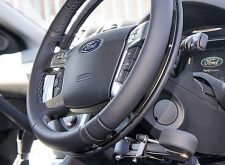 The under-ring accelerator is designed to sit neatly under the steering wheel, blending in with the vehicle’s interior. The ring is simply pressed inwards (towards the steering wheel) to accelerate. Because the system is electronic, very little pressure or upper body strength is required to operate the under-ring, which makes it a great solution for drivers with limited mobility in the upper body.
The under-ring accelerator is designed to sit neatly under the steering wheel, blending in with the vehicle’s interior. The ring is simply pressed inwards (towards the steering wheel) to accelerate. Because the system is electronic, very little pressure or upper body strength is required to operate the under-ring, which makes it a great solution for drivers with limited mobility in the upper body.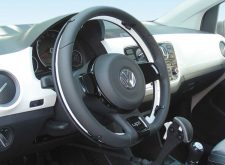 The Ghost Accelerator is the latest in electronic hand controls. It is designed to sit neatly under the steering wheel, blending in with the vehicle’s interior. The driver accelerates by performing a simple rotary movement with the ring (clockwise or anticlockwise). Because the system is electronic, very little pressure or upper body strength is required to operate the under ring, which makes it a great solution for drivers with limited mobility in the upper body.
The Ghost Accelerator is the latest in electronic hand controls. It is designed to sit neatly under the steering wheel, blending in with the vehicle’s interior. The driver accelerates by performing a simple rotary movement with the ring (clockwise or anticlockwise). Because the system is electronic, very little pressure or upper body strength is required to operate the under ring, which makes it a great solution for drivers with limited mobility in the upper body.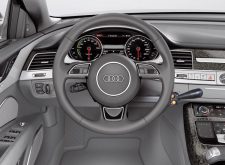 Radial electronic hand controls operate in a similar way to push/pull hand controls. The brake and accelerator are controlled using a lever system that is operated by the right hand. The brake is controlled by pushing the lever away (towards the front of the car) and the accelerator is controlled by pushing the lever downwards (towards the floor of the vehicle). A safety feature ensures the accelerator automatically cuts out when braking is applied.
Radial electronic hand controls operate in a similar way to push/pull hand controls. The brake and accelerator are controlled using a lever system that is operated by the right hand. The brake is controlled by pushing the lever away (towards the front of the car) and the accelerator is controlled by pushing the lever downwards (towards the floor of the vehicle). A safety feature ensures the accelerator automatically cuts out when braking is applied.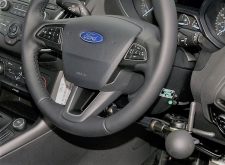 Trigger hand controls operate in a similar way to push/pull hand controls. The brake and accelerator are controlled using a lever and trigger system that is operated by the right hand. The brake is mechanical and is controlled by pushing the lever away (towards the front of the car) and the accelerator is electronic and controlled by using the index finger to pull a small trigger. A safety feature ensures the accelerator automatically cuts out when braking is applied.
Trigger hand controls operate in a similar way to push/pull hand controls. The brake and accelerator are controlled using a lever and trigger system that is operated by the right hand. The brake is mechanical and is controlled by pushing the lever away (towards the front of the car) and the accelerator is electronic and controlled by using the index finger to pull a small trigger. A safety feature ensures the accelerator automatically cuts out when braking is applied.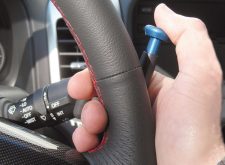 The satellite accelerator is operated by pressing down on a small plunger that is attached to a lead, allowing it to be held in one hand, in a variety of positions. This allows the driver to change the position of the hands whilst still operating the throttle, so there’s less chance of stiffening up after prolonged periods of driving. Because the system is electronic, very little pressure or upper body strength is required to operate the accelerator, which makes it a great solution for drivers with limited mobility in the upper body.
The satellite accelerator is operated by pressing down on a small plunger that is attached to a lead, allowing it to be held in one hand, in a variety of positions. This allows the driver to change the position of the hands whilst still operating the throttle, so there’s less chance of stiffening up after prolonged periods of driving. Because the system is electronic, very little pressure or upper body strength is required to operate the accelerator, which makes it a great solution for drivers with limited mobility in the upper body.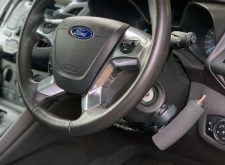 The electronic pull accelerator is a lever system that is operated with the right hand. The brake is mechanical and is controlled by pushing the lever away (towards the front of the car) and the accelerator is electronic and is controlled by pulling the lever inwards, towards the driver’s body. Because the accelerator is electronic, very little pressure or upper body strength is required to operate the system, which makes it a great solution for drivers with limited upper-body mobility. A safety feature ensures that the accelerator automatically cuts out when braking is applied.
The electronic pull accelerator is a lever system that is operated with the right hand. The brake is mechanical and is controlled by pushing the lever away (towards the front of the car) and the accelerator is electronic and is controlled by pulling the lever inwards, towards the driver’s body. Because the accelerator is electronic, very little pressure or upper body strength is required to operate the system, which makes it a great solution for drivers with limited upper-body mobility. A safety feature ensures that the accelerator automatically cuts out when braking is applied.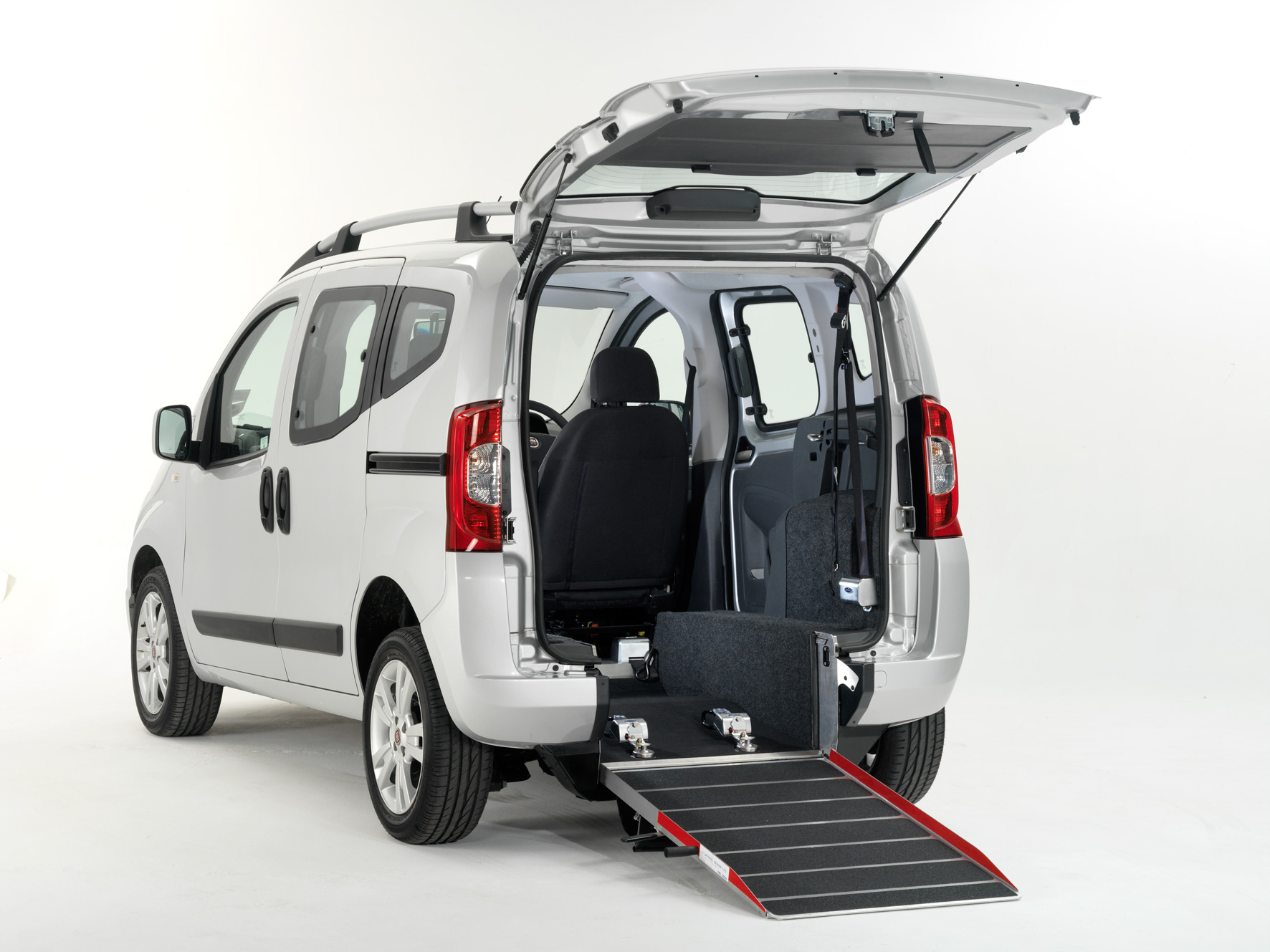
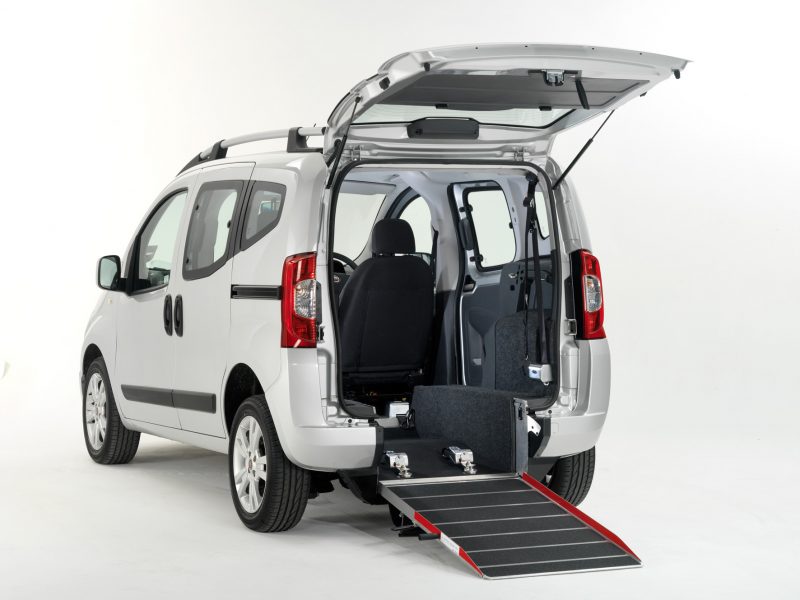 A WAV, or Wheelchair Accessible Vehicle, starts out life as a standard vehicle before a specialist conversion company makes a number of structural alterations to allow a wheelchair user to access and remain in their wheelchair – as a driver or passenger.
A WAV, or Wheelchair Accessible Vehicle, starts out life as a standard vehicle before a specialist conversion company makes a number of structural alterations to allow a wheelchair user to access and remain in their wheelchair – as a driver or passenger.